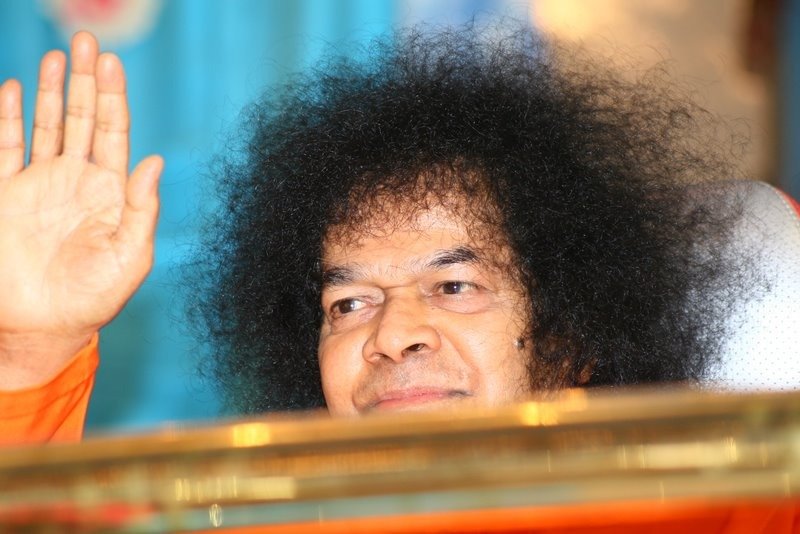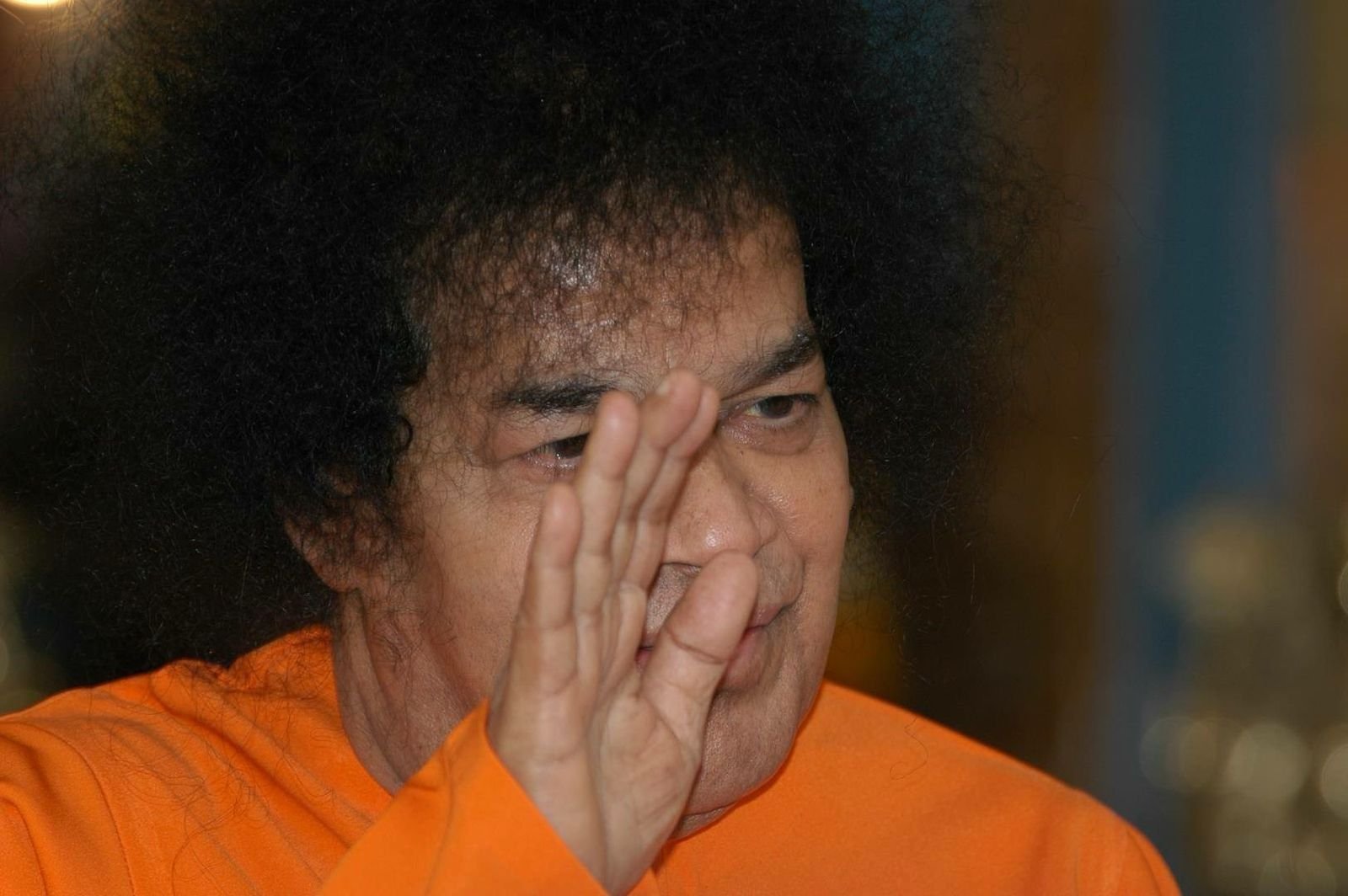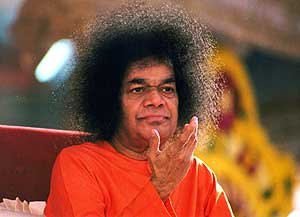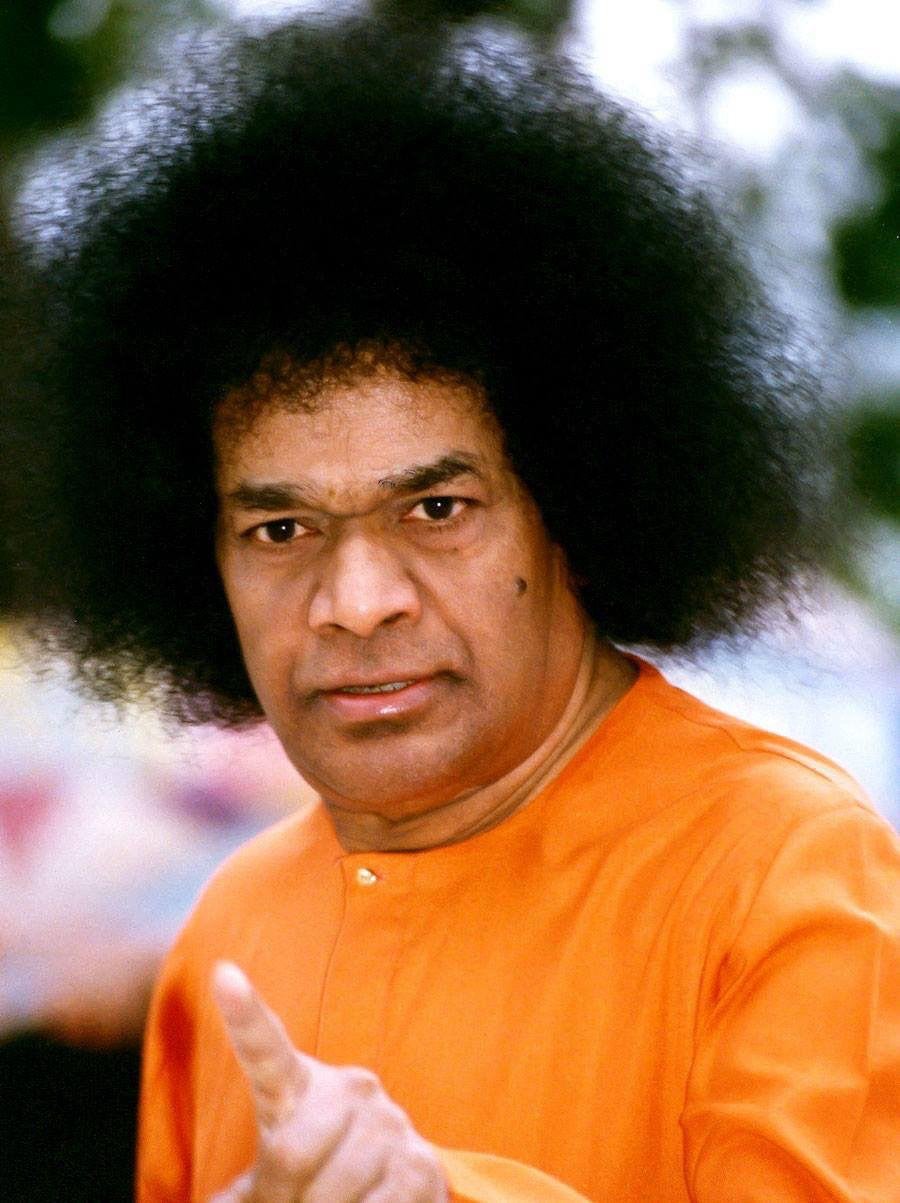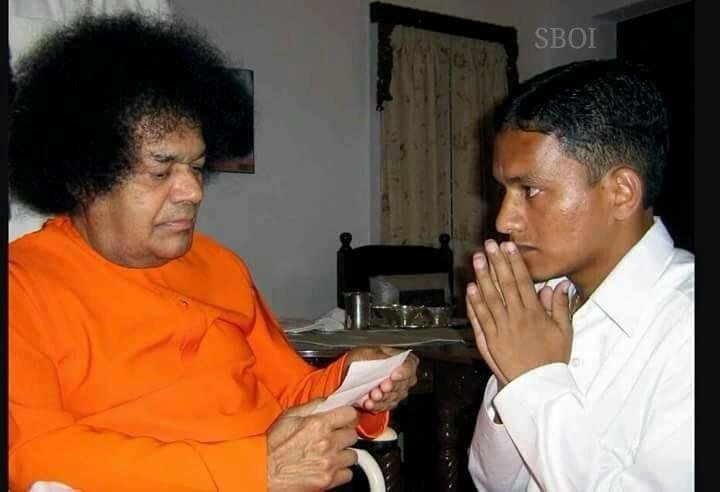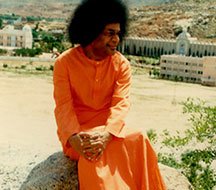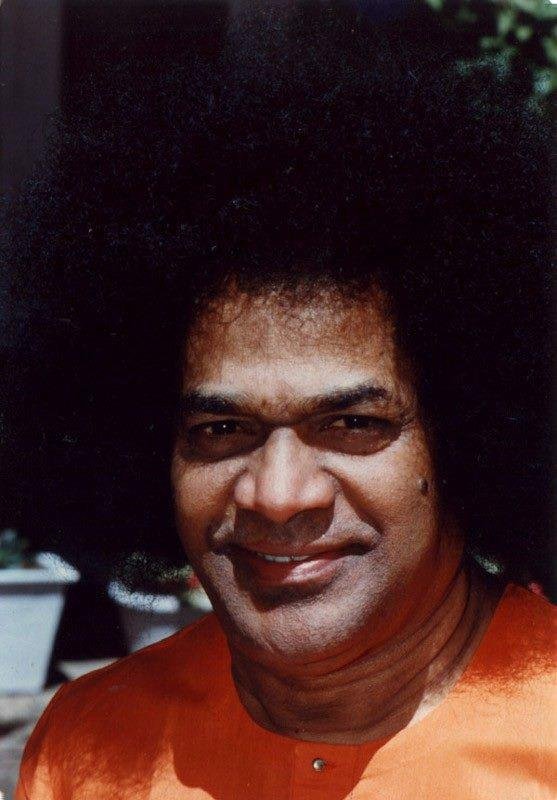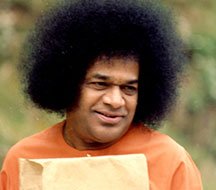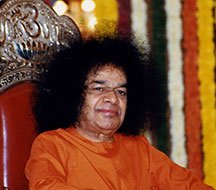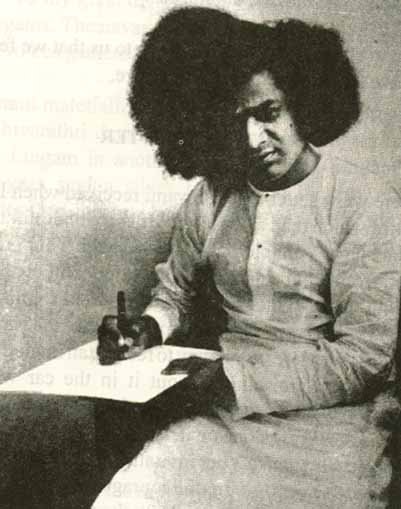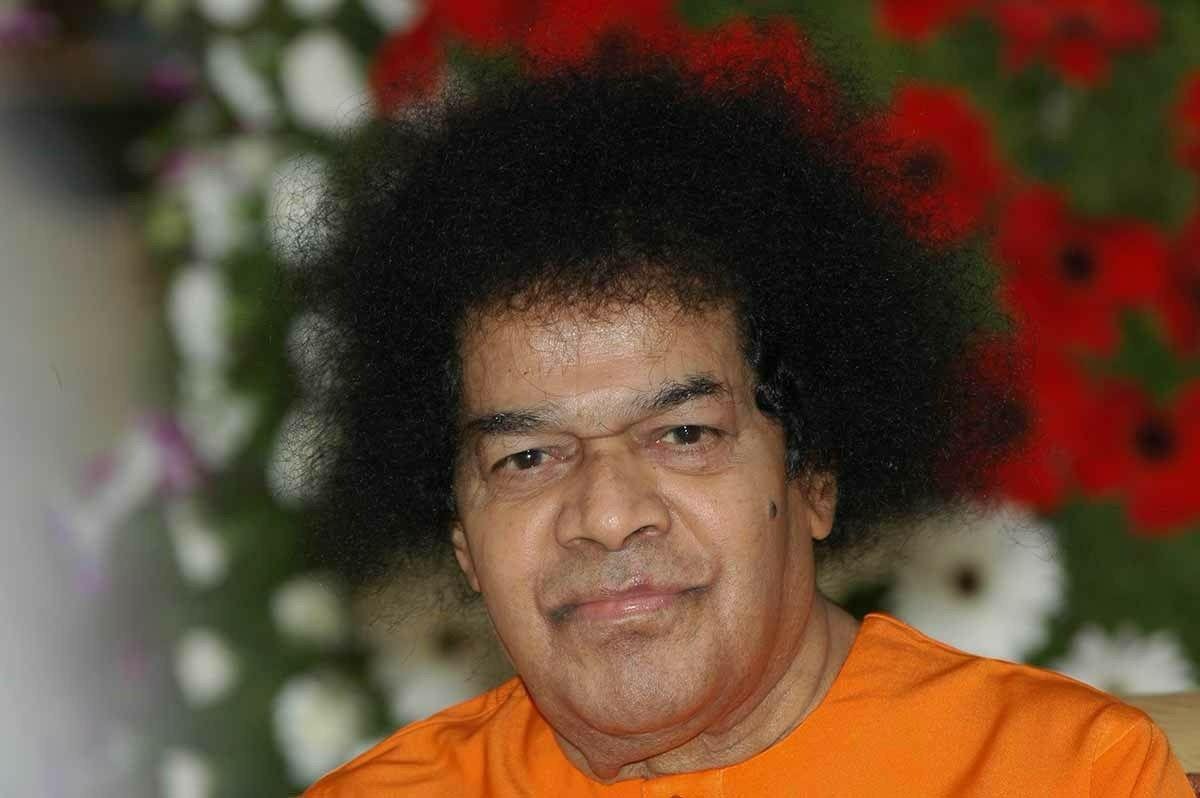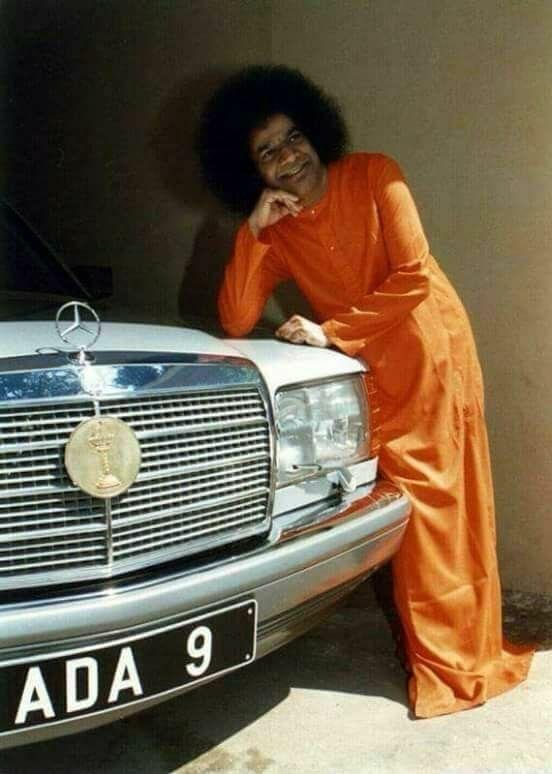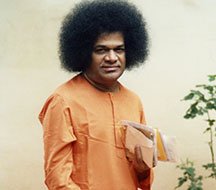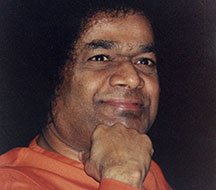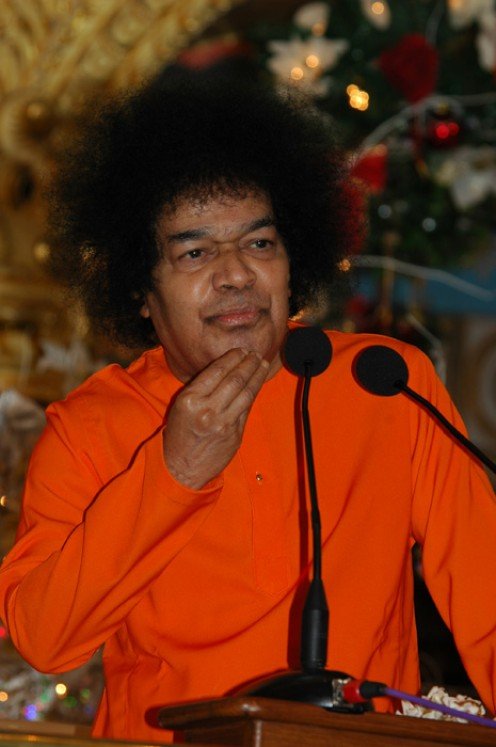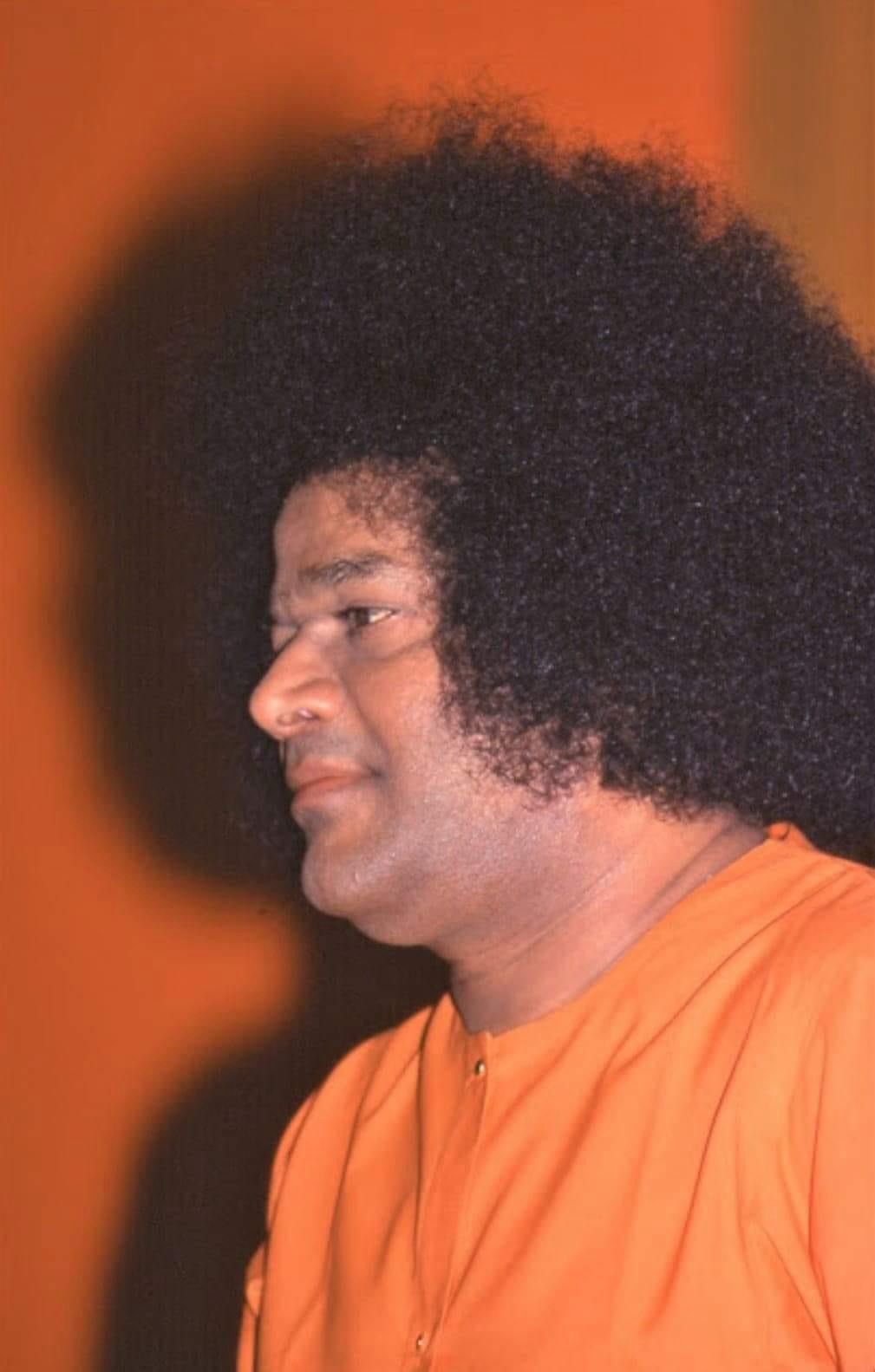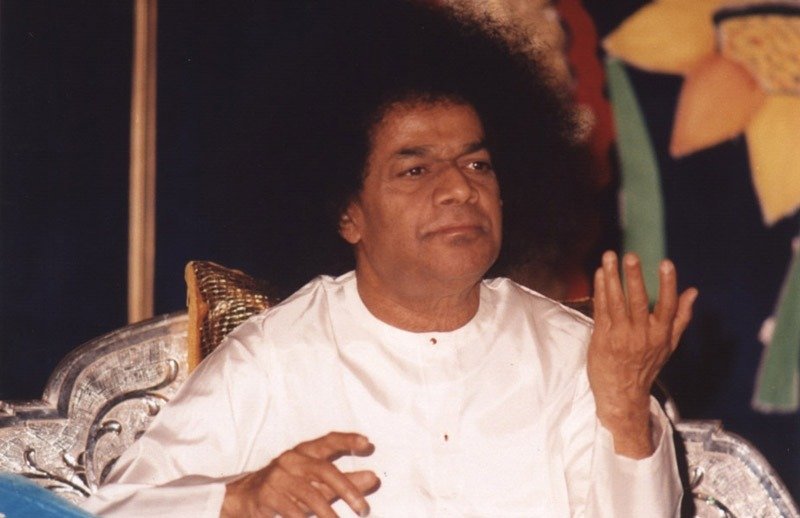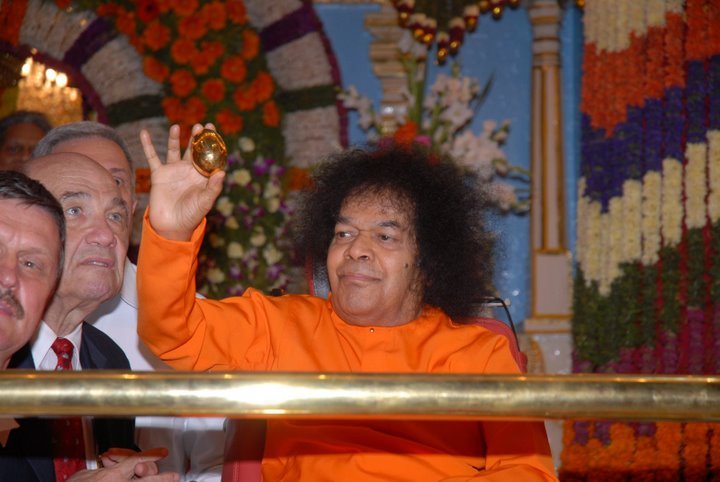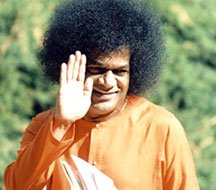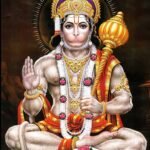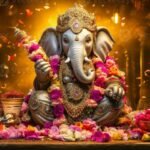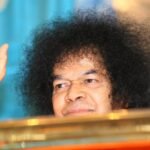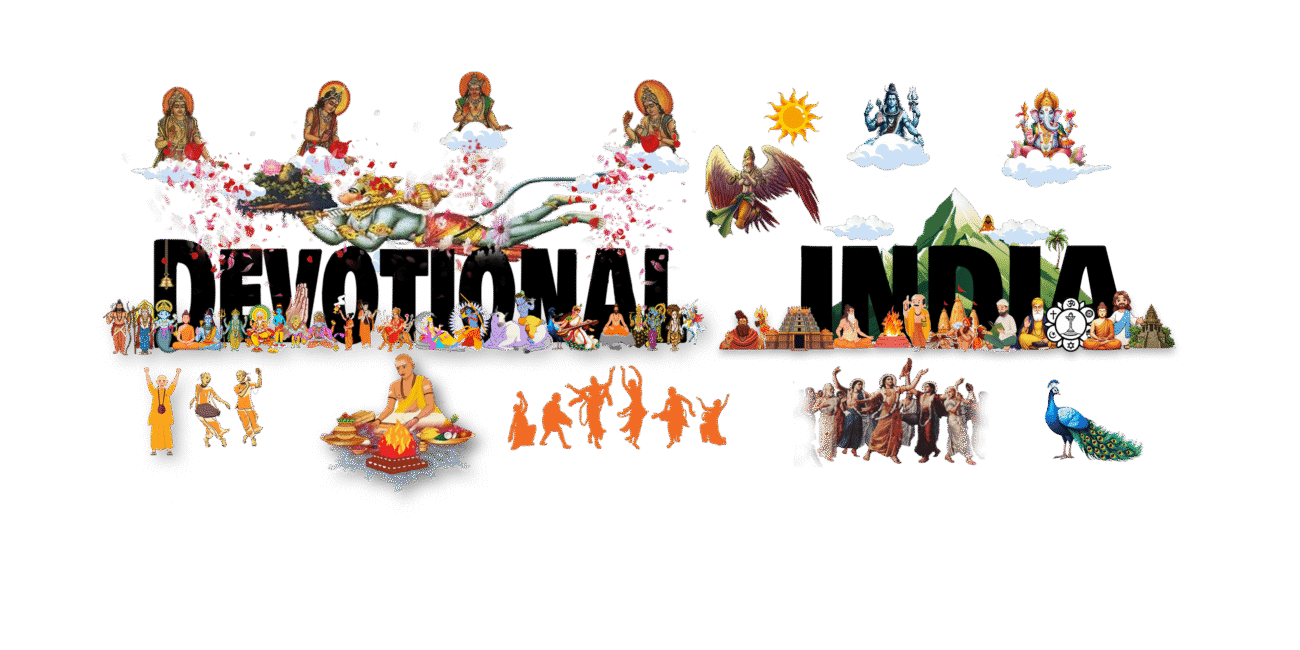Shri Yukteshwar Giri

Sri Yukteswar.
Sri Yukteswar Giri (also written Sri Yuktesvara, Sri Yukteshwar) (10 May 1855 – 9 March 1936) is the monastic name of Priya Nath Karar (also spelled as Priya Nath Karada and Preonath Karar), an Indian monk and yogi, and the Guru of Paramahansa Yogananda and Swami Satyananda Giri. Born in Serampore, West Bengal, Sri Yukteswar was a Kriya yogi, a Jyotisha (Vedic astrologer), a scholar of the Bhagavad Gita and the Upanishads, an educator, author, and astronomer. He was a disciple of Lahiri Mahasaya of Varanasi and a member of the Giri branch of the Swami Order. As a Guru, he had two ashrams, one in Serampore and another in Puri, Odisha, between which he alternated his residence throughout the year as he trained disciples.
Described by Tibetologist W.Y. Evans-Wentz as being ‘of gentle mien and voice, of pleasing presence’, and with ‘high character and holiness’, Sri Yukteswar was a progressive-minded figure in 19th-century Serampore society. He regularly held religious festivals around the towns and at his ashrams throughout the year, created a ‘Satsanga Sabha’ spiritual study organisation, established syllabi for educational institutions, and re-analysed the Vedic astrological yugas. Noted for his sharp mind and insightful knowledge, he became a respected Guru throughout the greater Kolkata area to his Kriya yoga students and regularly invited individuals from all social backgrounds to his ashrams to discuss and exchange ideas on a range of topics.
Life History.
Sri Yukteswar was born as Priya Nath Karar to a wealthy businessman, Kshetranath Karar, and his wife, Kadambini, in Serampore, India. Priya Nath lost his father at a young age and managed his family’s landholdings. A bright student, he passed the entrance exams and enrolled in Srirampur Christian Missionary College, where he developed an interest in the Bible. This interest would later express itself in his book, The Holy Science, which discusses the unity behind the scientific principles underlying Yoga and the Bible. He also attended Calcutta Medical College (then affiliated with the University of Calcutta) for almost two years.
A particular episode led to an abrupt ending of Priyanath’s College education. The episode is interesting as it also reflects on the mental setup of a man destined to be one of the greatest spiritual Gurus of Kriya Yoga in modern times. Once, Priyanath was attending his physics class where his teacher explained the human eye by comparing it with the technical functions of a photographic camera. When Priyanath didn’t understand his teacher’s logic on how an inverted image on the retina failed to see anything erect, he repeatedly asked his teacher for a better explanation. Finally, his teacher got angry and asked him to leave the class. For a man of serious convictions like Priyanath, it wasn’t possible to leave his stand at any cost, and he left the class and the college for good. He talked about this episode with the Principal of Calcutta Medical College, who allowed him to attend lectures on various scientific subjects, including Chemistry, Biology, Physics, Physiology, and Anatomy. He attended all the classes with total dedication to clarify his concepts on different topics in science.

For a man of serious convictions like Priyanath, it wasn’t possible to leave his stand at any cost, and he left the class and the college for good.
Yogananda attributed Sri Yukteswar’s small number of disciples to his rigorous training methods, which Yogananda said ‘cannot be described as other than drastic.’

Sri Yukteswar Samadhi Temple.
Sri Yukteswar Giri samadhi mandir (burial place temple) in the garden of the Puri ashram.
Paramahansa Yogananda had his younger brother Sananda build this temple over the burial site of Sri Yukteswar’s body and supervised all the details of the construction through regular correspondence with his brother. Yoganandaji was highly pleased with his brother’s inspired design of the gleaming white marble structure topped with its golden lotus made of polished copper. Construction of the samadhi temple was completed in 1952.
‘The astral body is an exact counterpart of the last physical form. Astral beings retain the same appearance which they possessed in youth in their previous earthly sojourn; occasionally, an astral being chooses, like me, to retain his old age appearance.’ Master, emanating the very essence of youth, chuckled merrily.
‘Beauty in the astral world is known to be a spiritual quality and not an outward conformation,’ Sri Yukteswar replied. ‘Astral beings, therefore, attach little importance to facial features. However, they have the privilege of costuming themselves at will with new, colourful, astrally materialised bodies. Just as worldly men don a new array for gala events, so astral beings find occasions to adorn themselves in specially designed forms.
‘Joyous astral festivities on the higher astral planets like Hiranyaloka take place when a being is liberated from the astral world through spiritual advancement and is therefore ready to enter the heaven of the causal world.
Sri Yukteswar was originally initiated into the Swami order, later initiated by Sri Lahiri Mahasaya into Kriya Yoga.
Kriya Yoga
Sri Yukteswar dedicated his life to disseminating the practice of Kriya Yoga. He was followed by thousands of disciples and was known for his great sincerity and strict discipline.
Regarding the role of the Guru, Sri Yukteswar said, ‘Look, there is no point in blindly believing that after I touch you, you will be saved, or that a chariot from heaven will be waiting for you. Because of the Guru’s attainment, the sanctifying touch becomes a helper in the blossoming of knowledge, and being respectful towards having acquired this blessing, you must yourself become a sage and proceed on the path to elevate your Soul by applying the techniques of sadhana given by the Guru.’
‘All parts of creation are linked together and interchange their influences. The balanced rhythm of the universe is rooted in reciprocity. In his human aspect, man has to combat two sets of forces — first, the tumults within his being, caused by the admixture of earth, water, fire, air, and ethereal elements; second, the external disintegrating powers of nature. So long as man struggles with his mortality, he is affected by the myriad mutations of heaven and earth.
‘Astrology is the study of man’s response to planetary stimuli. The stars have no conscious benevolence or animosity; they merely send forth positive and negative radiations. Of themselves, these do not help or harm humanity but offer a lawful channel for the outward operation of cause-effect equilibriums which each man has set into motion in the past.

In his earthly manifestation, Chaitanya Mahaprabhu immersed Himself in divine ecstasy as an ardent devotee lost in Krishna’s glories.
Sri Yukteshwar on Astrology
‘It is never a question of belief; the only scientific attitude one can take on any subject is whether it is true. The law of gravitation worked as efficiently before Newton as after him. The cosmos would be somewhat chaotic if its laws could not operate without the sanction of human belief.‘All parts of creation are linked together and interchange their influences. The balanced rhythm of the universe is rooted in reciprocity. In his human aspect, man has to combat two sets of forces — first, the tumults within his being, caused by the admixture of earth, water, fire, air, and ethereal elements; second, the external disintegrating powers of nature.

‘Charlatans have brought the stellar science to its present state of disrepute. Astrology is too vast, both mathematically and philosophically, to be rightly grasped except by men of profound understanding. If ignoramuses misread the heavens and see a scrawl instead of a script, that is to be expected in this imperfect world. Nevertheless, one should not dismiss wisdom with the ‘wise.’
So long as man struggles with his mortality, he is affected by the myriad mutations of heaven and earth.
‘Astrology is the study of man’s response to planetary stimuli. The stars have no conscious benevolence or animosity; they merely send forth positive and negative radiations. Of themselves, these do not help or harm humanity but offer a lawful channel for the outward operation of cause-effect equilibriums which each man has set into motion in the past.
While Sarvabhauma provided only nine meanings, Mahaprabhu expounded eighteen unique interpretations of the Sutras, proving Brahman’s form and qualities. Realizing Mahaprabhu’s divinity, Sarvabhauma surrendered, repenting his arrogance and falling at the Lord’s feet in devotion.
‘You and I shall smile together, so long as our two forms appear different in the Maya-dream of God. Then, finally, we shall merge as one in the Cosmic Beloved; our smiles shall be His smile, our unified song of joy vibrating throughout eternity to be broadcast to God-tuned souls!’
Inspiration
He believed in strict discipline, truthfulness, and personal integrity. His approach was direct and sometimes stern, but always motivated by compassion. His method of training Yogananda was rigorous, preparing him to spread Kriya Yoga across the world.

